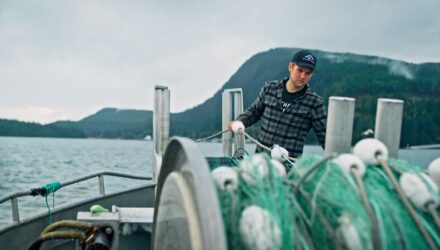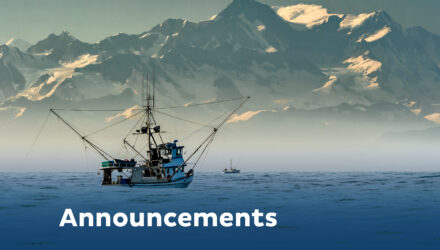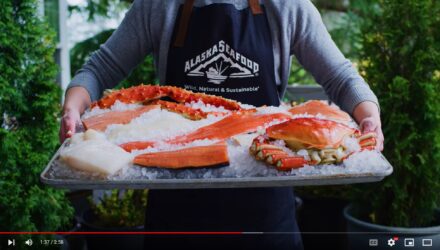Full Transparen-Sea: Alaska Seafood Is Sustainable

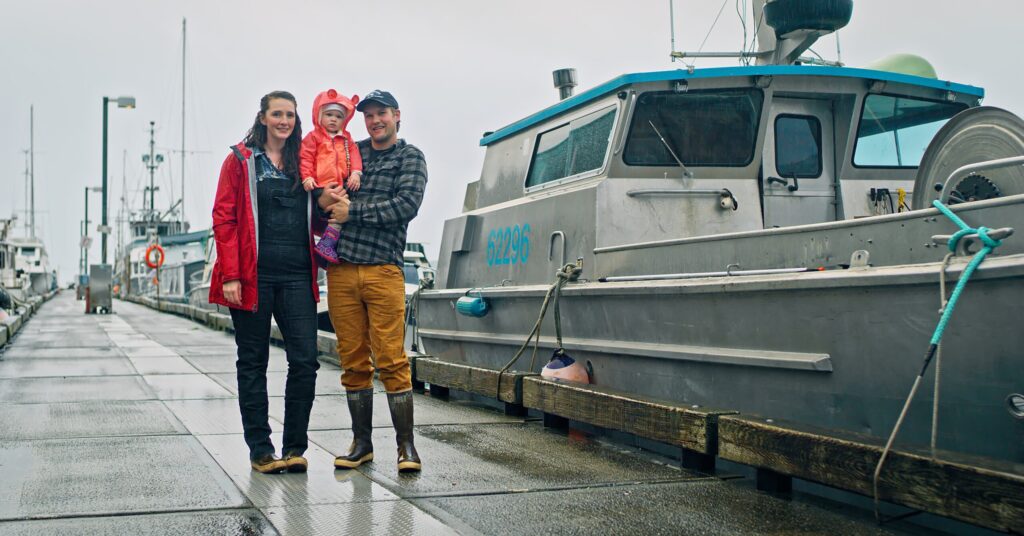

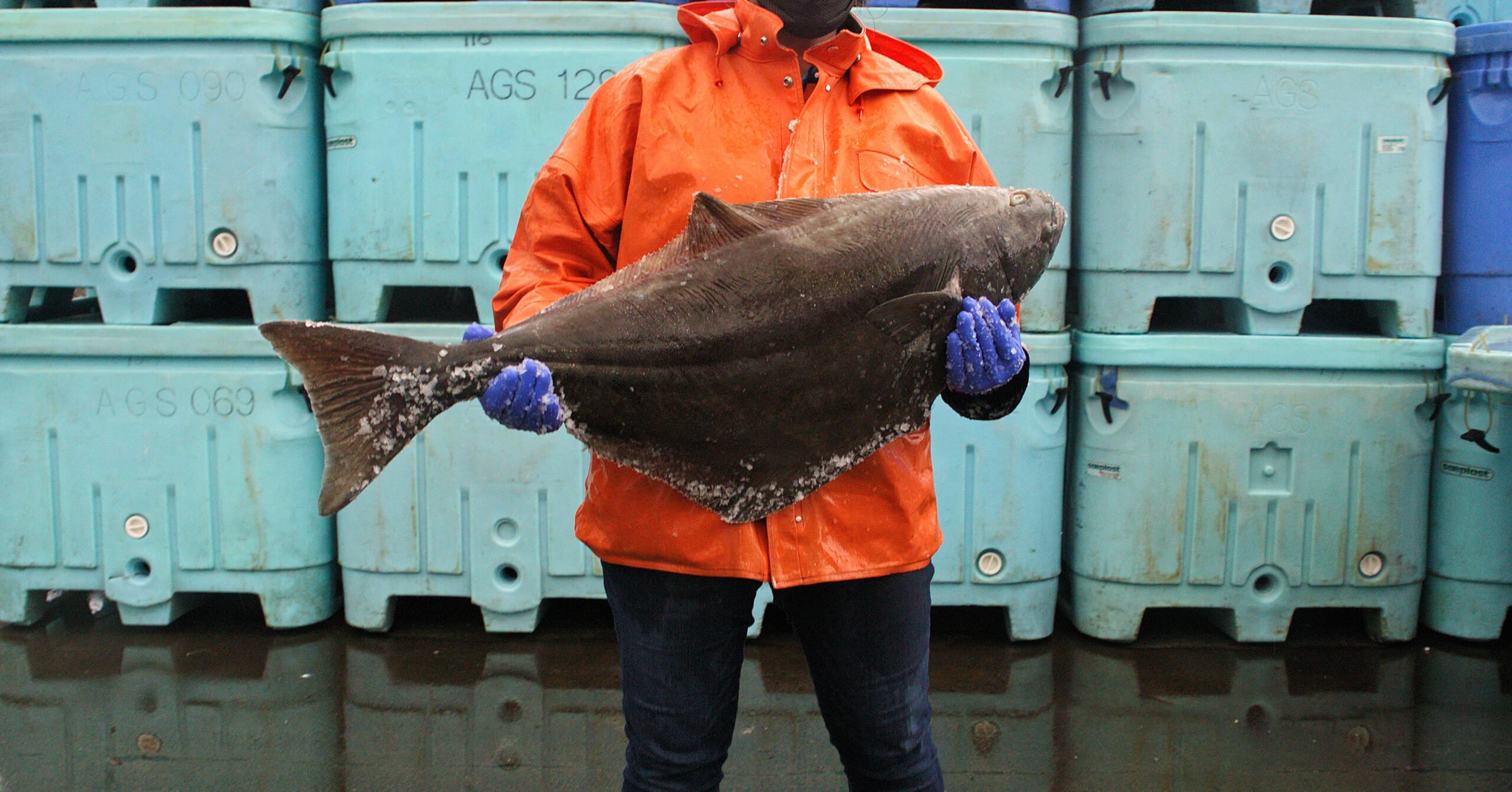

Full Transparen-Sea
Lately, we’ve noticed a lot of people paying greater attention to the steps taken by the seafood industry long before the protein hits their plate. They’re asking questions about how and where their seafood was caught and if the environment was considered in determining how much should head to market or stay in the water.
In Alaska, we are inspired by this growing curiosity, and we’re eager to relay the many steps the Alaska seafood industry takes to ensure that the seafood from our waters is healthy not only for your body but for the environment and Alaska communities as well.
Guided by Science
The sustainability of our seafood has always been foundational to how Alaska’s commercial fishing industry harvests it. While a lot goes into it, the gist of Alaska’s sustainability story is simple: our industry prioritizes transparency and careful, cooperative management based on the best available science. Alaska is committed to the long-term health and resiliency of fish populations and their habitat, and we take that commitment seriously.
Alaska’s fleet take part in a healthy, regulated and enforced system. Stakeholders at the state, federal and international levels are committed to achieving the harvest level that will provide the greatest overall ecological, economic and social benefits, which means preventing overfishing and harm to the environment and fishing communities. In Alaska, the product is traced from deck to plate, meaning rule breakers get caught and regulators work to prevent their products from entering into our markets.
All of these regulatory ‘hands on deck’ mean that fishing industry members are held accountable to dozens of ever-improving and adapting fishing and permitting regulations and safety protocols or risk the heavy consequences of enforcement. Some also accommodate randomly selected fisheries observers on board and participate in the public input process that guides fisheries management.
It gets better. Alaska fisheries adhere to strict federal laws, and double down on sustainability which is mandated in our state constitution- we’re the only state with this extra measure. Each season, scientists determine the optimal harvest levels for the health of both individual species and the entire ecosystem. Fisheries managers go a step further and set fishing limits at or below those levels (or in the case of salmon, to allow for enough salmon escapement) to prioritize the stability of the marine ecosystem year after year. This scientific and precautionary approach to setting harvest levels means that harvesters leave far more in the water than what scientists determine is needed to be sustainable.
The effectiveness of these sustainable management systems is validated by third-party certification programs, including Alaska Responsible Fisheries Management and the Marine Stewardship Council. These are the most comprehensive and meaningful certifications a wild fishery can hold, and our seafood bears these badges proudly.
Altogether, this means, in Alaska, fishermen operate under intensely studied, regulated, enforced, and certified harvest guidelines. All told, it’s a lot. But it’s worth it.
Culture and Future Generations Guide Decision Making
Even considering all the guard rails on the fishing process, it’s not unusual to hear commercial fishermen around the state say their time on the water is a period they look forward to all year.
Alaska’s fishermen respect these regulations and have a vested interest in ensuring these ecosystems stay healthy into the future. Fishing communities depend on it. In fact, much of the fleet is from multi-generational fishing families who have seen the ebb and flow of fishing seasons and intend to pass the trade off to their children and grandchildren.
In terms of sustenance, seafood is among the most healthy food available, making wild seafood a wholly responsible choice to feed the world’s population.
We are thrilled with the growing desire to know that the protein on our plates got there in a manner that is socially just and environmentally responsible. Collectively, our fishermen, processors, buyers, managers, scientists and enforcement officers have dedicated their livelihoods to these standards for decades.
When you choose wild Alaska seafood at the grocery store or from a menu, you can trust that it comes from a carefully managed and sustainable fishery.
What it Means to Buy Alaska Seafood
The takeaway is this: wild Alaska seafood is sustainably harvested. When you choose wild Alaska seafood at the grocery store or from a menu, you can trust with confidence that it comes from a carefully managed and sustainable fishery.
In light of a new magnifying glass on commercial fisheries around the globe and an increased focus on sustainability, we’re rolling out a new monthly social media feature that will go deeper into the who, what and how of Alaska Seafood’s sustainability story. We are proud of Alaska’s seafood industry and are eager to tell you more.
Learn More About Alaska’s Sustainability StoryAbout Alaska Seafood Marketing Institute:
The Alaska Seafood Marketing Institute (ASMI) is a partnership between the State of Alaska and the Alaska seafood industry promoting the benefits of wild and sustainable Alaska seafood and offering seafood industry education. The seafood industry is Alaska’s largest basic private sector employer with nearly 60 percent of all wild seafood and 90-95 percent of wild salmon harvested in the U.S. coming from Alaska. In addition to wild salmon, Alaska is known for its crab and whitefish varieties such as Pacific cod, sablefish, halibut, Alaska pollock, sole and rockfish – available fresh or frozen year-round. Alaska has been dedicated to sustainable seafood for more than 50 years and is the only state with a constitution that mandates all seafood be managed under the sustained yield principle. Alaska has taken a leadership role in setting the global standard for precautionary resource management to protect fisheries and surrounding habitats for future generations and leading to an ever-replenishing supply of wild seafood for markets worldwide.

